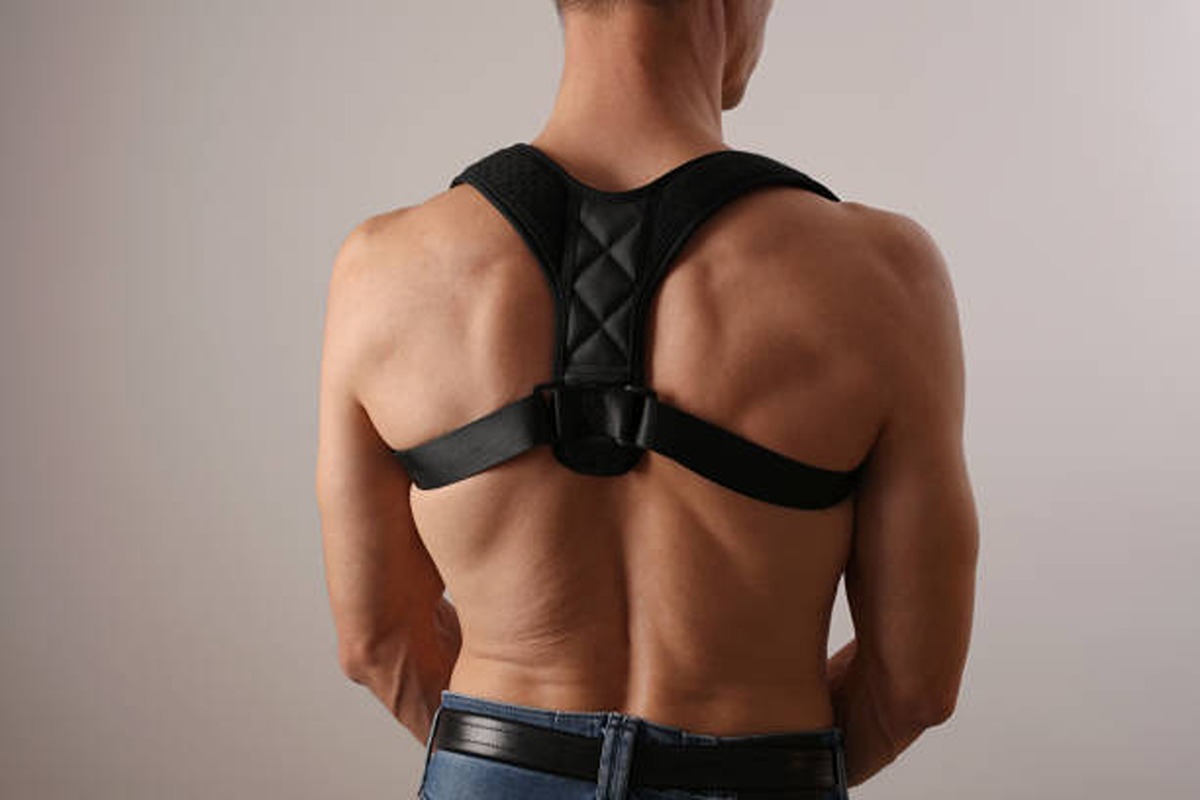
How the Sully Shoulder Brace Provides Effective Shoulder Stabilization
In the world of orthopedic supports, some devices blend innovation with simplicity so seamlessly that they quietly redefine how we approach rehabilitation. The Sully shoulder brace is one such device. Designed for athletes, post-op patients, and active individuals needing reliable shoulder stability without bulky restrictions, this brace has earned a reputation for doing its job so well, it almost disappears from notice—until you take it off.
But what makes the Sully shoulder brace so effective? And why has it become the go-to stabilizer for those dealing with shoulder instability?
Born from Function: What the Sully Shoulder Brace Actually Does
The Sully shoulder brace—available through Source Fitness—is not just a compression sleeve. It’s a comprehensive shoulder stabilization system that’s both supportive and dynamic. At its core, the brace provides multi-directional support through a unique hook-and-loop strap configuration that mimics the function of healthy ligaments and tendons. This structure helps limit excessive movement while still allowing for controlled mobility.
What sets it apart? Most traditional shoulder braces are rigid, limiting natural range of motion. The Sully brace, by contrast, uses elasticity and tension to resist unwanted motion while enabling functional movement—crucial for those in rehab or gradually returning to sports.
Customizable Compression and Dynamic Control
The brace features a breathable neoprene sleeve that conforms to the wearer’s body and delivers consistent compression. Compression, as supported by research from the National Institutes of Health, can improve proprioception (the body’s awareness of movement and position), reduce swelling, and even enhance muscle activation in injury recovery phases [NIH, 2018].
What makes the Sully unique is its modular elastic straps that can be arranged based on the user’s specific condition. Whether you're recovering from an anterior dislocation, rotator cuff repair, or labral tear, the configuration of the straps can be tailored to reduce risk of re-injury during daily activity or sport.
This adaptability is why the brace is frequently used in post-operative rehab protocols and for conservative treatment of recurrent dislocations—particularly among throwing athletes, swimmers, and contact sport athletes.
Who It’s For: From Weekend Warriors to Post-Op Patients
While the Sully shoulder brace was originally embraced by athletes, it’s become widely popular with physical therapists and orthopedic specialists for broader applications. The design supports a wide spectrum of instability issues including:
- Glenohumeral dislocations
- AC joint injuries
- Rotator cuff injuries
- Post-surgical joint protection
Its unobtrusive form allows users to wear it under clothing—ideal for those returning to work or transitioning out of a sling—and its adjustability ensures it can accommodate swelling or muscle gain/loss during recovery.
Clinical Backing and Real-World Success
Orthopedic practices and rehab centers frequently turn to the Sully brace for its ability to bridge the gap between immobilization and full activity. A 2017 clinical review in the Journal of Shoulder and Elbow Surgery noted that functional bracing like the Sully can be effective in managing anterior instability in non-surgical candidates, especially when combined with structured physical therapy.
Additionally, military and collegiate athletic programs—where rapid return to function is critical—have adopted the Sully brace as a standard-issue item. Its real-world success speaks not only to its effectiveness but also to its durability and user compliance. After all, a brace only works if people actually wear it.
Design Meets Practicality
From a design standpoint, the Sully brace wins by being user-friendly. No complex lacing systems, no hard plastic shells, no secondary assistance required to put it on. Most users can don the brace themselves in under a minute, adjusting strap tension as needed throughout the day. And because it’s machine-washable and resistant to odor buildup, it fits neatly into the daily life of a recovering athlete or active patient.
Final Thought: Stabilization Without Sacrifice
In orthopedic circles, the Sully shoulder brace is a prime example of functional innovation—delivering controlled support without locking users into restrictive movement patterns. It respects the body's need to heal while honoring its instinct to move. That’s why it continues to stand out not just as a brace, but as a recovery tool that people trust.
For those seeking a low-profile, high-impact solution to shoulder instability, the Sully shoulder brace might just be the quiet hero you didn’t know you needed.

Comments (0)